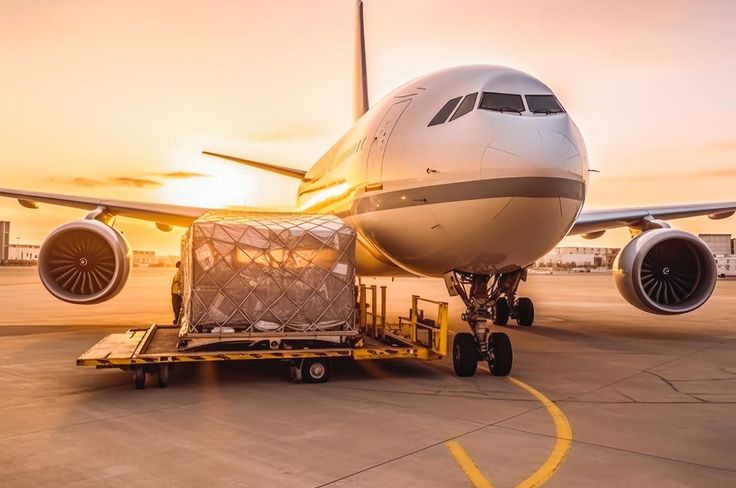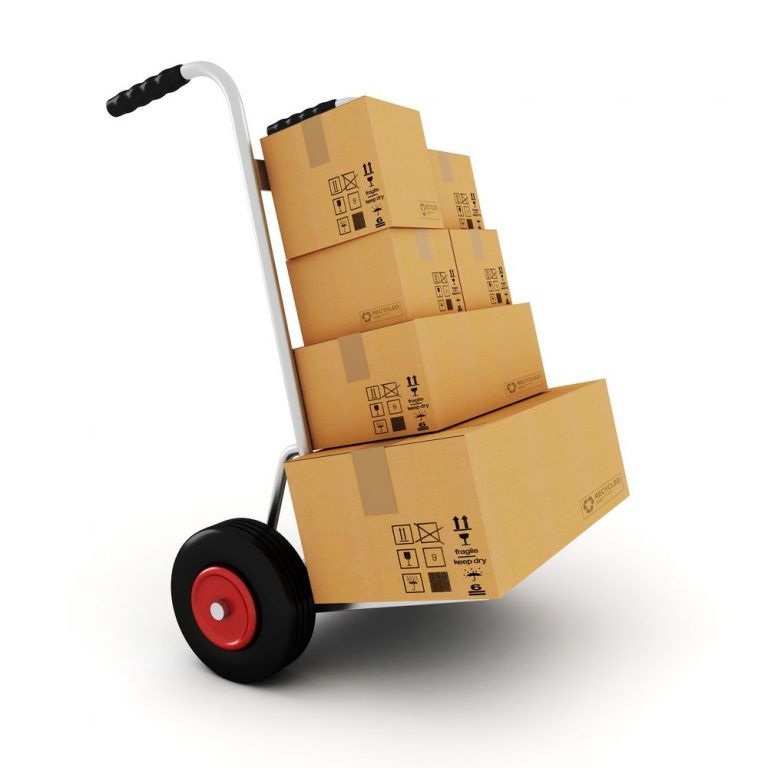- By TOP CHINA FREIGHT
- August 25, 2025
- Shipping
When managing a shipping agent China to Indonesia, many importers face pressing questions: How long will delivery take? How much will it cost? Will customs cause delays? Navigating international logistics can be overwhelming, especially for first-time importers. This guide walks you through the entire process, offering actionable tips, cost-saving strategies, and solutions to ensure your goods arrive safely and on time.

1.Why Choosing the Right Shipping Agent Matters

Selecting a reliable shipping agent China to Indonesia is essential to simplify complex international logistics:
- Ensures accurate cost estimates and transparent billing
- Books cargo space efficiently with preferred carriers
- Provides guidance on packaging, labeling, and cargo consolidation
- Handles customs clearance and documentation errors
- Monitors transit and delivery
Pro Tip:
Ask your agent for references or case studies with similar shipments. Agents with established relationships at major Chinese ports (Shanghai, Shenzhen, Ningbo) can secure faster transit and better rates.
2.Key Shipping Methods
The choice of shipping method depends on urgency, cargo type, and budget.
| Shipping Method | Transit Time | Average Cost | Best For | Notes |
|---|---|---|---|---|
| Sea Freight | 15–30 days | Low | Bulk shipments, heavy goods | LCL consolidates multiple small shipments; FCL is cost-effective for full container loads |
| Air Freight | 3–7 days | High | High-value, urgent items | Volumetric weight affects cost; ideal for electronics, fashion, perishable goods |
| Express Courier | 2–5 days | Very High | Samples, small parcels | Door-to-door delivery; best for parcels <50kg |
Tips:
- Hybrid shipping (sea + air) can optimize cost and speed.
- Book early during peak seasons to avoid congestion.
- Compare carriers for reliability and schedule compatibility.
3.Sea Freight

Sea freight is ideal for large shipments.
| Container Type | Volume | Weight Limit | Typical Cost (USD) | Ideal For | Notes |
|---|---|---|---|---|---|
| 20ft Container | 33 m³ | 22 tons | 1,000–1,600 | Small-to-medium bulk shipments | Ideal for furniture, household goods |
| 40ft Container | 67 m³ | 27 tons | 1,800–2,800 | Large shipments | Cost-effective for FCL |
| LCL | Varies | 1–10 tons | 50–80 per m³ | Smaller shipments | Consolidates multiple shipments; longer handling at ports |
Example:
5 tons of textiles (~30 m³) via LCL from Shanghai to Jakarta: 30 × $65 = $1,950
Tips:
- FCL reduces per-ton cost if volume allows.
- Use direct shipping routes to reduce handling.
- Palletize goods to prevent damage.
- Purchase insurance for high-value items.
4.Air Freight

Air freight is suitable for urgent, high-value, or perishable goods:
Transit Time:
3–7 days
Cost Factors:
Charged by weight or volumetric weight; fuel surcharges and seasonality affect pricing.
Packaging:
Compact, lightweight packaging reduces volumetric costs; label items clearly.
Example:
200 kg of electronics from Shenzhen to Jakarta costs ~$1,500 via air freight vs. $450 via sea freight.
Pro Tip:
Air freight is recommended only for urgent items or high-value shipments.
5.Express Courier Services

Courier services are ideal for small parcels and urgent deliveries:
| Courier | Transit Time | Tracking | Cost per kg | Notes |
|---|---|---|---|---|
| DHL | 2–4 days | Yes | $15–$25 | Door-to-door, reliable |
| FedEx | 2–5 days | Yes | $14–$22 | Best for electronics, fashion samples |
| UPS | 2–4 days | Yes | $15–$24 | Efficient customs handling |
Tip:
Ideal for parcels under 50 kg, providing faster delivery and customs clearance.
6.Cost Components
Shipping cost includes:
1.Freight charges (mode, weight, volume)
2.Customs duties & VAT (Indonesia: 11% VAT + product-specific duties)
3.Handling fees (documentation, terminal, port)
4.Insurance (strongly recommended)
5.Miscellaneous fees (storage, demurrage, last-mile delivery)
Tip:
Request a complete breakdown from your agent to avoid surprises.
7.Customs Clearance in Indonesia
Documents:
Commercial invoice, packing list, bill of lading/airway bill, certificate of origin, import declaration.
Tips:
Accurate HS codes and pre-submitted documents expedite clearance.
Inspection:
High-value or fragile goods may undergo additional scrutiny.
8.Packaging and Labeling
- Use sturdy, moisture-resistant packaging for sea freight.
- Fragile items: cushioning and “Handle with Care” labels.
- Clearly label HS codes, product names, weight, and origin.
- Include packing lists inside and outside packages.
- For perishable goods: maintain proper temperature and labeling.
9.Common Challenges & Solutions
| Challenge | Solution |
|---|---|
| Customs delays | Accurate documentation, agent pre-clearance, HS code verification |
| High costs | Consolidate shipments, plan FCL vs LCL, compare agents |
| Damaged goods | Proper packaging, insurance, palletization |
| Peak season delays | Avoid holidays; book early |
| Regulatory changes | Work with agents who stay updated on Indonesian import rules |
10.Tips for Optimization
- Consolidate multiple small shipments into one container.
- Use FCL for large volumes to reduce per-unit cost.
- Plan shipments around peak seasons.
- Compare multiple agents for service and pricing.
- Consider hybrid shipping (sea + air) for urgent items.
- Maintain an updated HS code database.
Conclusion
Managing a shipment from China to Indonesia is simpler with a reliable shipping agent. Sea freight works for bulk shipments, while air and courier services suit urgent or high-value goods. Partnering with a professional shipping agent China to Indonesia ensures smooth customs clearance, accurate documentation, and timely delivery. Plan ahead, consolidate shipments, and track cargo to reduce delays and costs.
Need a Shipping Quote?
If you want expert guidance and peace of mind, our team is ready to assist.
TJ China Freight offers tailored solutions to help businesses of all sizes ship more reliably from China.
FAQs
Q1:How can shipping agents handle regulatory changes?
They monitor Indonesian import regulations, licensing, and tariffs to prevent fines or delays.
Q2:How to reduce risk of cargo damage?
Proper packaging, palletization, and insurance; follow agent recommendations.
Q3:How to expedite customs clearance?
Pre-submit accurate documentation through your agent for faster processing.
Q4:Strategies to reduce cost for multi-supplier shipments?
Consolidate shipments into one container and schedule efficiently with your agent.
Q5:How do seasonal factors affect shipping?
Peak periods increase cost and transit time; early booking mitigates these risks.
